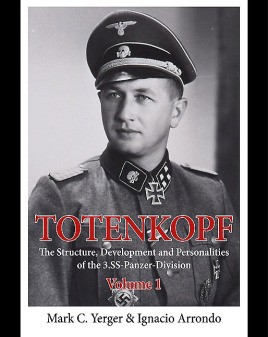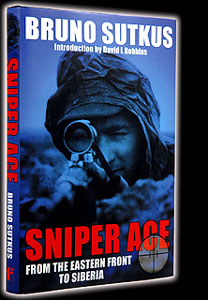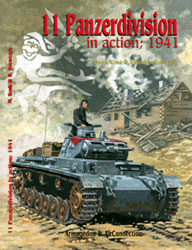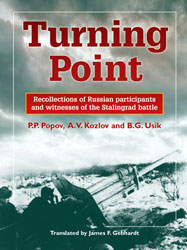Description
Volume I: Following an illustrated Introduction a lengthy chapter examines the parameters of researched topics in this work, the ten categories of personnel it includes, and how the data is presented as well as why. The Waffen-SS awards system is also comprehensively examined by individual decoration including new data on Abteilung P5 Ordensangelegenheiten. Divisional firsts are noted along with comparisons to the other units of the Waffen-SS. A chapter on the early Totenkopfverbände follows, detailing these numerous prewar units from their creation in 1933 through frequent title changes and their physical development until “Totenkopf” assimilated parts of the first four as half its initial cadre. A separate chapter then illustrates unique surviving Totenkopfverbände artifacts. Next is an illustrated overview of the division’s combat history from its beginning in reserve during the 1940 Western Campaign until the end of the war, the formation probably being most famous for its defensive capability. With nearly 100 illustrations alone in this chapter, the Combat Elements section begins with details of the forming of the division then in 13 sub chapters examines the individual combat units of the formation, not all of which existed initially or simultaneously. Starting as a motorized infantry division and ending the war as a tank formation, all the initial commanders at multiple levels and staff personnel are noted with career information. How each unit physically developed is documented along with all the subsequent commanders of these components with their military career specifics. Aside from those in preceding chapters, a further 20 of the formation’s 55 Knight’s Cross holders are also detailed to include service data and all surviving award proposals, the latter incorporated into the text or as one of multiple extended photo captions. The remainder are included among both volumes as is data on other Waffen-SS units created with cadre from “Totenkopf.” Separate chapters follow on the divisional commanders and senior staff officers. Half the division’s more than 100 German Cross in Gold recipients are individually detailed to include their careers outside of “Totenkopf” service, all surviving award proposals, and full explanations of these diverse assignments. Throughout the volume is new data on Waffen-SS schools, training units, and predecessors and successors as they pertain to the “Totenkopf” Division. Following a chapter on the Single-handed Tank Destruction award is another detailing rare surviving award documents and similar material contributed by collections in Europe, Russia, and the United States. A name index allows the reader to find all text entries and images for the more than 550 individuals in the initial volume that also details significant predecessors and successors. A glossary for the diverse terminology used in included. Primarily unpublished images enhance this volume with their extended data captions, the authors also tracking down period prints or negatives for some well-known images to allow them to be reproduced with previously unseen detail and clarity. With a world-wide list of contributors as well as significant veteran input, these volumes will be considered among the significant postwar studies on the Waffen-SS with their vast amount of new material for the historian, military collector, and modeler. Over 500 pages with more than 350 illustrations. Glossary, bibliography, index. Other volumes will complete the study of “Totenkopf” German Cross in Gold holders, the Roll of Honor Clasp recipients, and those awarded the Close Combat Clasp in Gold. The creation, development, command authorizes, and dozens of commanders of the numbered Totenkopfstandarten, “Kirkenes,” and mounted Totenkopfreiterstandarten will be examined in depth. Command rosters at division, regiment, and battalion level. Tactical symbols, Order of Battle charts, Feldpost lists, an image supplement, and other significant data will complete the study.
Hardcover, 8.5″ x 10.75″, 536 pages, approx. 350 b&w photos, English





